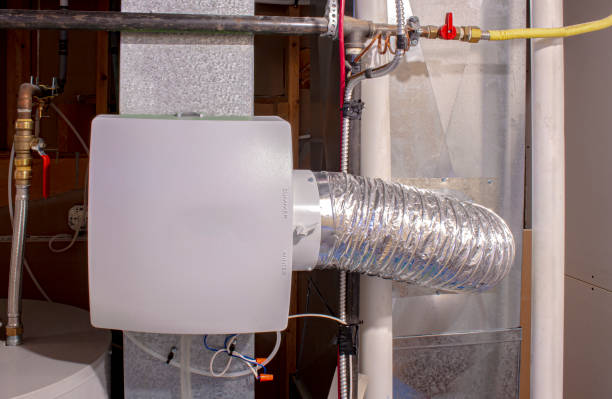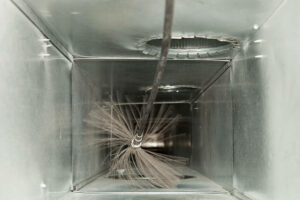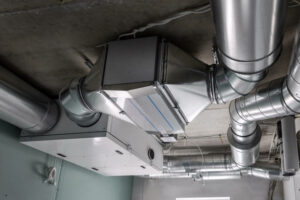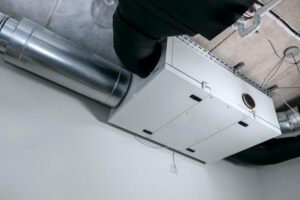Maintaining proper humidity levels in your home is crucial for your comfort and overall well-being. While dry air can cause various issues like dry skin, static electricity, and respiratory problems, excessive humidity can lead to mold growth and an uncomfortable, clammy environment. To address these concerns, many homeowners opt for a whole home humidifier. Let’s explore the pros and cons of installing a whole home humidifier to help you make an informed decision.
Pros of a Whole Home Humidifier:
- Improved Indoor Air Quality: A whole home humidifier helps maintain optimal humidity levels throughout your entire house. By adding moisture to the air, it alleviates dryness, reducing the risk of dry skin, irritated nasal passages, and respiratory problems. Proper humidity levels can also help alleviate symptoms related to allergies and asthma.
- Enhanced Comfort: Balanced humidity levels contribute to a more comfortable living environment. It helps regulate body temperature, making your home feel warmer during the winter months and cooler in the summer. You’ll experience fewer issues with dry eyes, static electricity, and irritated throat.
- Protection for Wooden Furnishings and Flooring: Dry air can wreak havoc on wooden furniture, flooring, and musical instruments, causing them to crack, warp, or lose their integrity over time. A whole home humidifier can help preserve the condition and longevity of these items by maintaining an adequate level of moisture in the air.
- Energy Efficiency: Humidified air feels warmer, allowing you to set your thermostat lower during the winter months. As a result, your heating system doesn’t have to work as hard, potentially reducing energy consumption and lowering utility bills.
- Reduced Spread of Airborne Viruses: Proper humidity levels in your home can help inhibit the survival and transmission of airborne viruses. Studies have shown that viruses, like the flu, have a harder time spreading in environments with humidity between 40% and 60%. A whole home humidifier can contribute to a healthier living space, particularly during the winter when viruses are more prevalent.
Cons of a Whole Home Humidifier:
- Initial Cost and Installation: Installing a whole home humidifier involves upfront costs, including the purchase of the unit and professional installation. The installation process typically requires accessing your HVAC system and integrating the humidifier into your existing ductwork.
- Ongoing Maintenance: Whole home humidifiers require regular maintenance to ensure proper functioning. This includes cleaning or replacing the water panel or filter, monitoring water levels, and performing routine checks. Neglecting maintenance can result in the growth of mold or bacteria, reducing indoor air quality.
- Risk of Excessive Humidity: If not properly controlled or monitored, a whole home humidifier can introduce too much moisture into your home. Excessive humidity can promote mold and mildew growth, damage electronic equipment, and create a breeding ground for dust mites. It’s essential to monitor humidity levels and adjust the settings accordingly.
Before deciding to install a whole home humidifier, consider factors such as your climate, personal health needs, and budget. Assess the advantages and disadvantages carefully to determine if a whole home humidifier aligns with your specific requirements. Consulting with a qualified HVAC professional can provide valuable insights and help you choose the right humidification solution for your home. Remember, maintaining proper humidity levels is key to a comfortable and healthy indoor environment.




